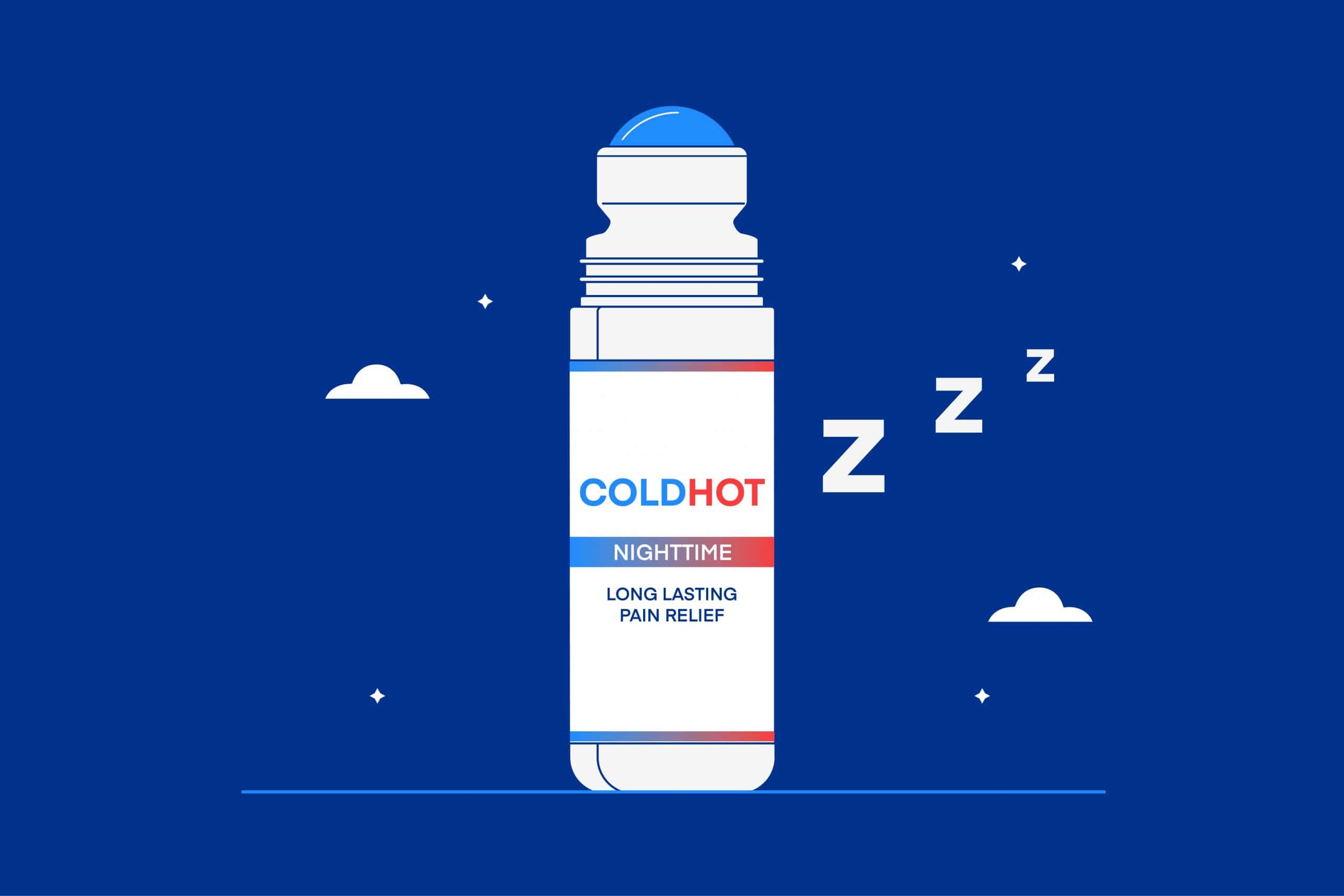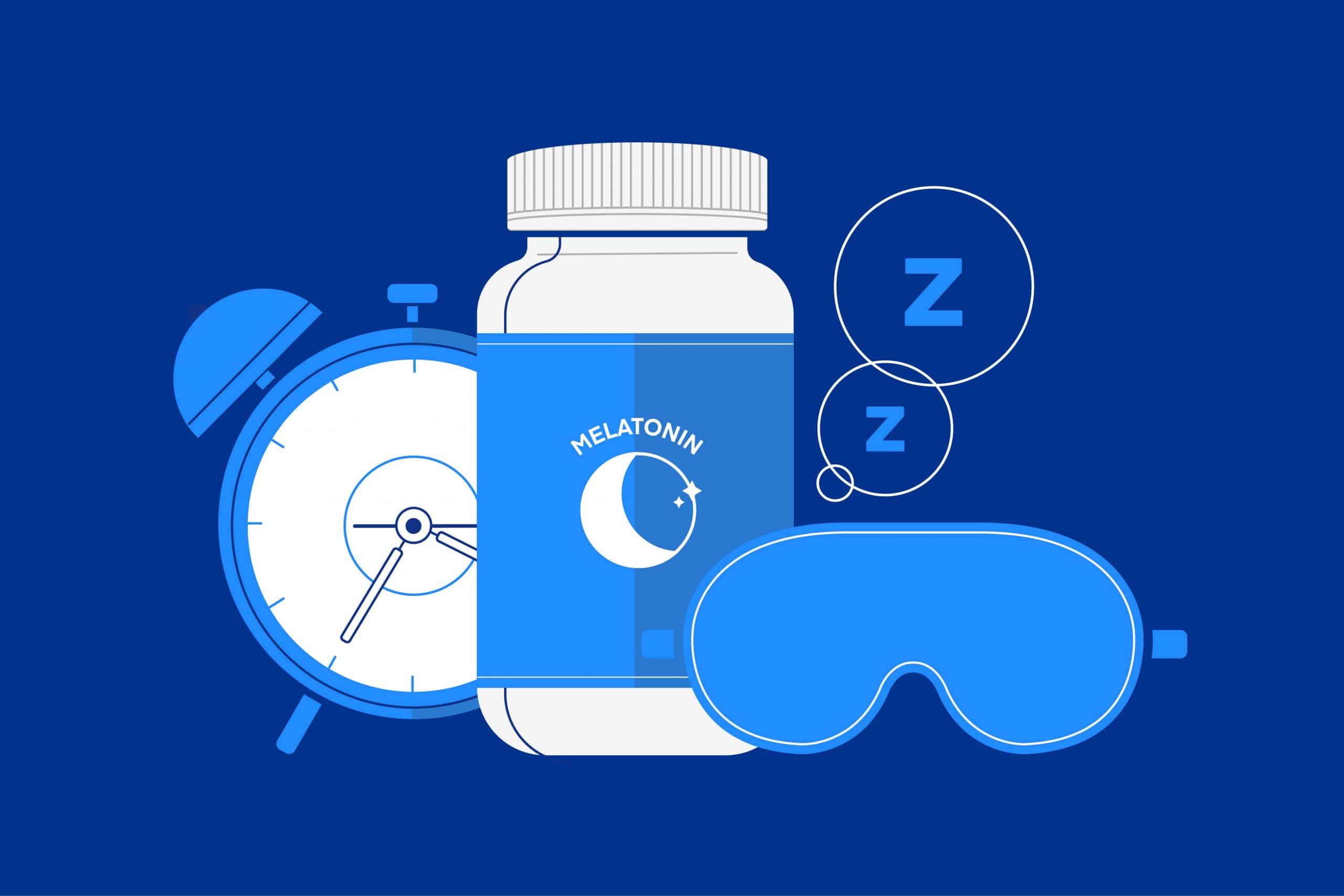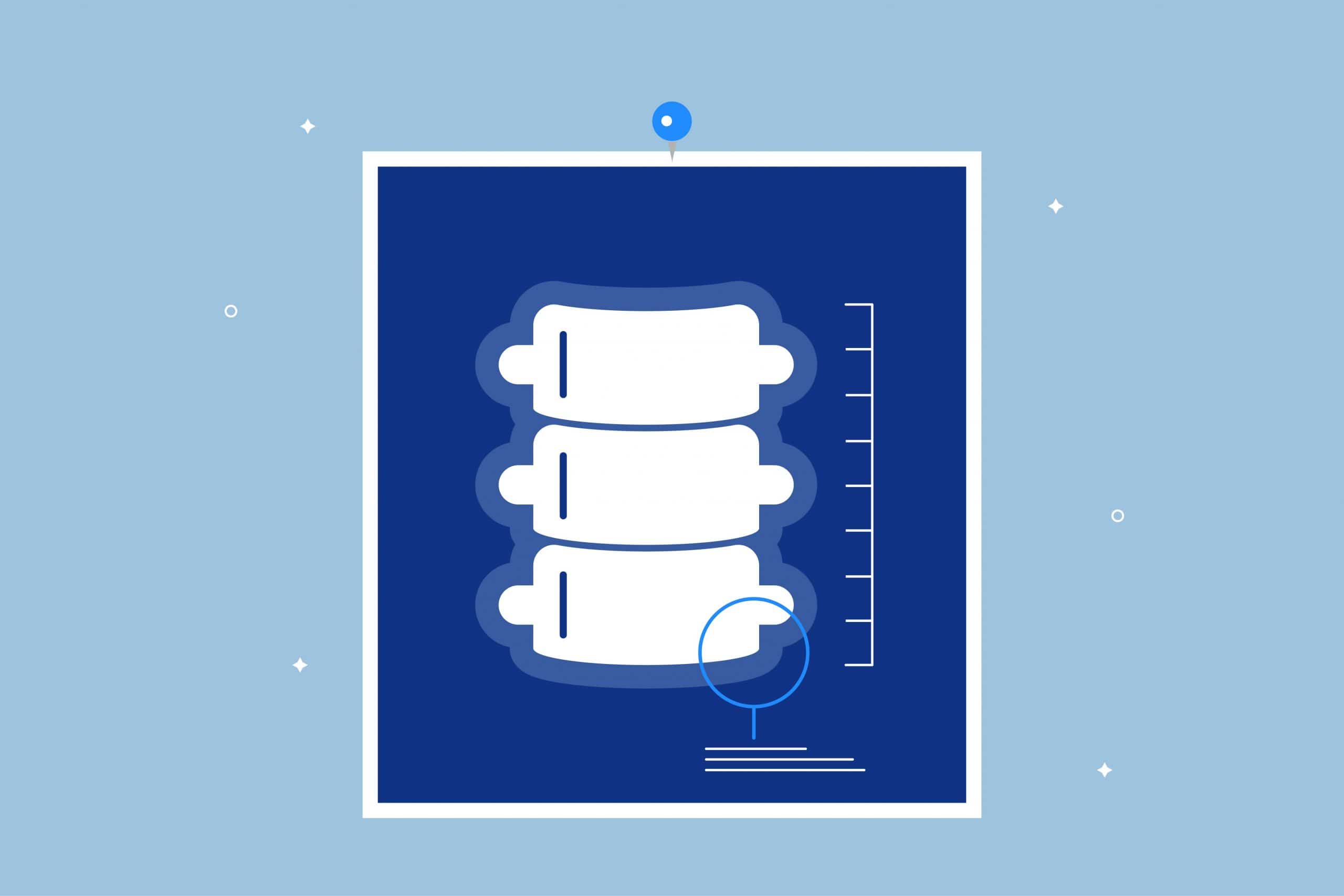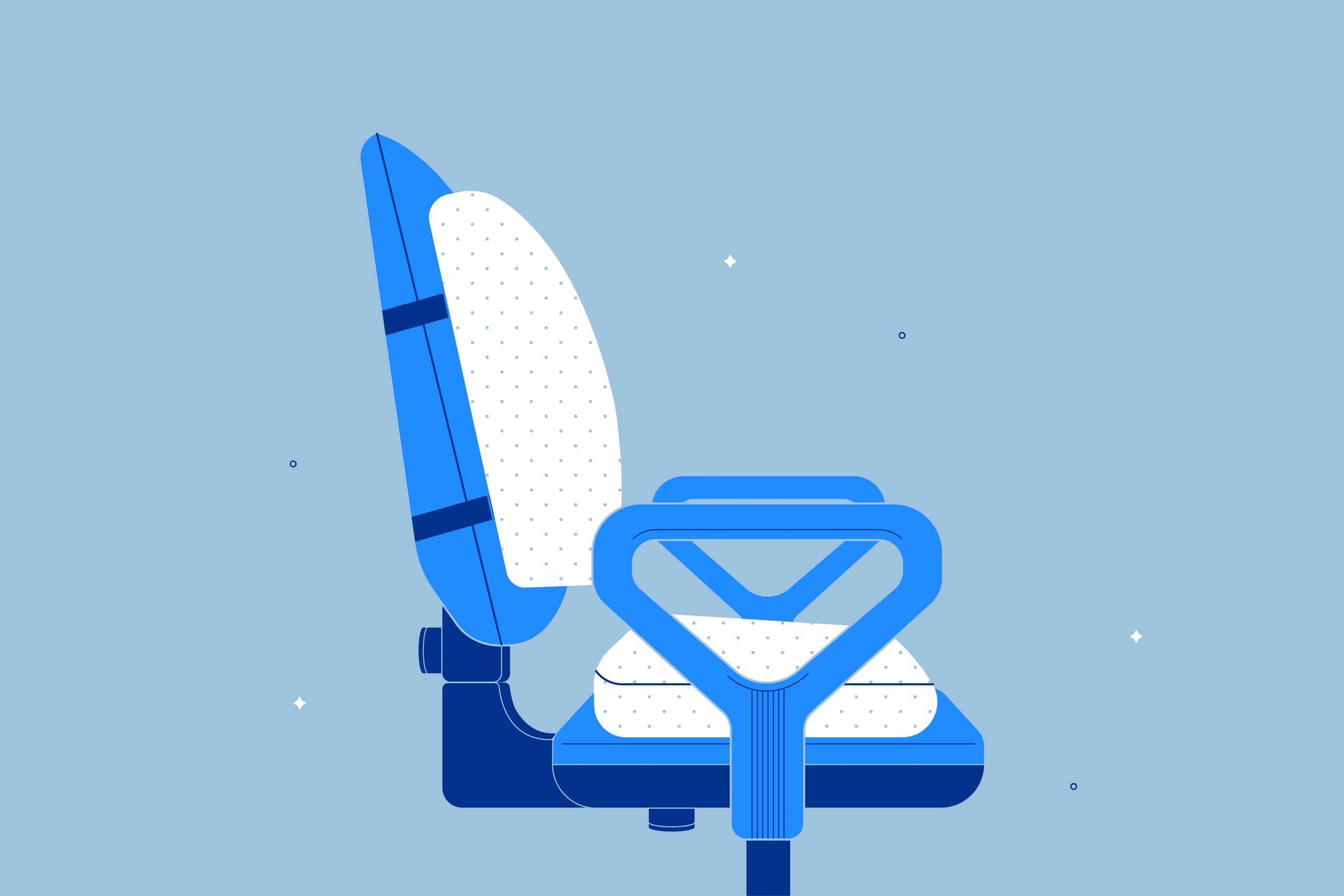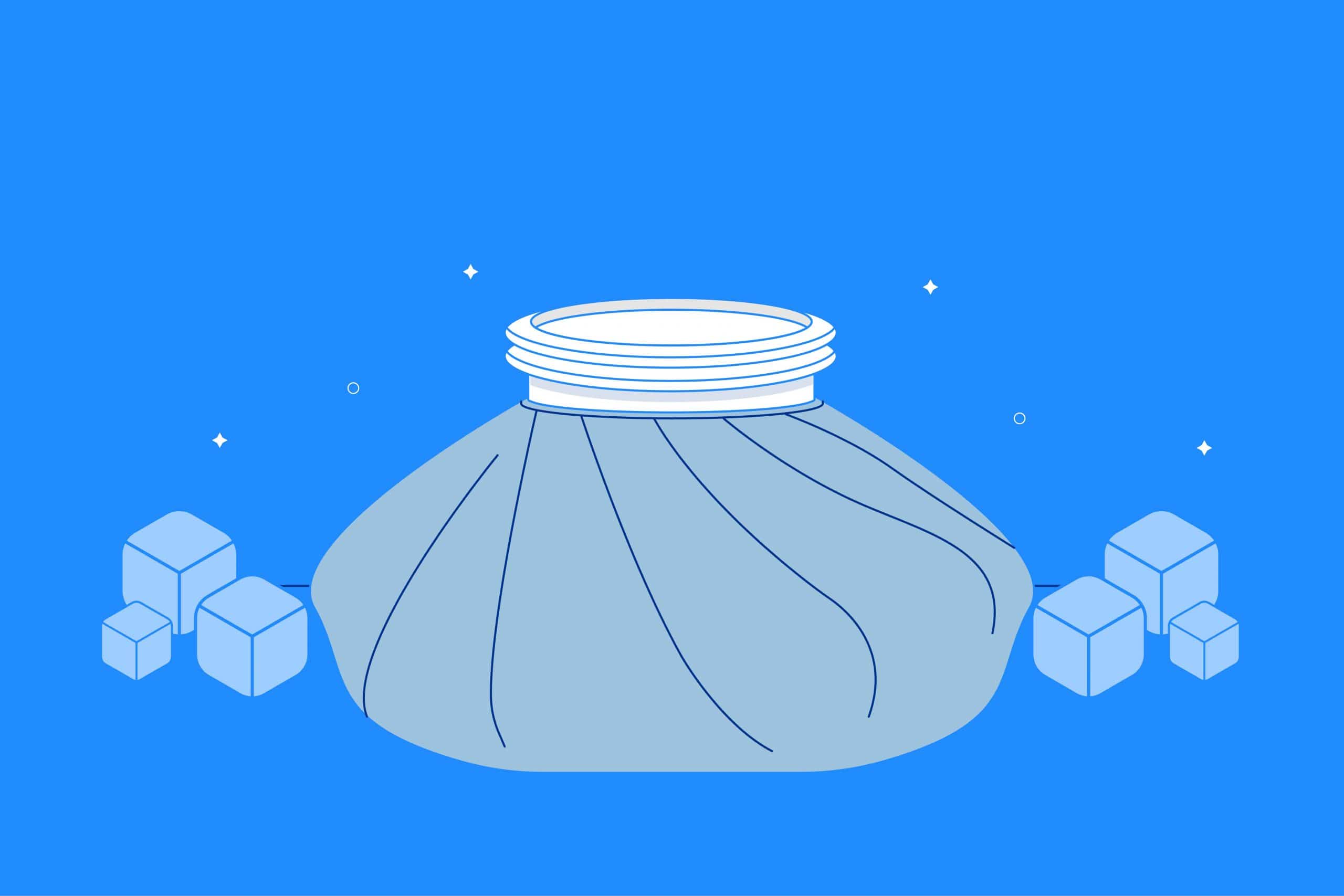Lower back pain and poor sleep have a two-way relationship, meaning one intensifies the other. Back pain makes it difficult to get comfortable in bed, resulting in poor sleep and reduced muscle recovery, and causing more back pain.
Lower back pain is commonly caused by health conditions such as arthritis or herniated discs, muscle strains due to bad posture, improper lifting, and a poor sleeping position. Let’s take a closer look at the best sleeping positions for lower back pain.
Side Sleeping With Knee Support
While side sleeping is the most common sleep position, it can misalign your spine on an unsupportive mattress. Add a pillow between your knees while side sleeping to promote spinal alignment and relieve lower back pain. Side sleeping is also safe and comfortable for pregnant women, who often suffer from lower back pain.
Rather than using two separate pillows, try side sleeping with a body pillow. Simply rest your head on the top part of the pillow and place the bottom part between your knees.
Side Sleeping in the Fetal Position
Rather than side sleeping straight, curling up with your knees tucked into your chest opens up your joints and prevents the spine from curving backward. If you have a herniated or bulging disc, a condition where the rubbery tissue between the spinal vertebrae slips out of place, sleeping in the fetal position can relieve your symptoms. Curling up opens the space between your vertebrae, reducing the tension on your discs.
Back Sleeping With Knee Support
Back sleeping can soothe lower back pain, but it’s more effective if you place a pillow under your knees. When you use an extra pillow, your back maintains its natural curve. Also, using a pillow under your knees distributes body weight more evenly, placing less stress on the lumbar spine. If you don’t have an extra pillow, roll up a towel or small blanket in its place.
Inclined Back Sleeping
When sleeping at an incline, either with a wedge pillow or an adjustable base, space opens up between the torso and legs, preventing pressure build-up to the spine.
Inclined back sleeping can help relieve symptoms of isthmic spondylolisthesis, a lumbar spine condition where one vertebra slips over the one below it and causes lower back pain, muscle spasms, and sciatica.
Stomach Sleeping With Hip Support
Stomach sleeping is hard on the back and not recommended for people who suffer from lower back pain. However, if you struggle to sleep on your back or side, start by placing a pillow under your hips. The extra cushion prevents your back from curving unnaturally and reduces the pressure on your lumbar spine. Also, use a thin pillow under your head or no pillow at all so your head doesn’t curve backward and result in further pain.
Other Ways to Reduce Lower Back Pain
While adjusting your sleeping position is one way to relieve lower back pain, there are more changes you can make to minimize back pain.
Upgrade Your Mattress and Pillows
If your mattress and pillows are old and sagging, they’re likely causing or worsening your lower back pain. We recommend memory foam, latex, or hybrid mattresses for lower back pain because they relieve pressure points and support your spine. Choose a mattress firmness suited for your sleeping position and size for optimal pain relief.
Firm mattresses work best for stomach sleepers and larger individuals because they don’t sink very far. Back and combination sleepers typically prefer medium to medium-firm mattresses for their adequate blend of cushioning and support. If you’re a side sleeper or lightweight, a medium to medium-soft mattress cradles your wider body parts without causing you to sink or develop pressure points.
If you’re not in the market for a new mattress, use a mattress topper. Toppers are available in both soft and firm comfort levels to suit any sleeping position. Search for at least a 2 to 4-inch topper made of latex or memory foam.
With any sleeping position, use a pillow to fill the space between your head and the mattress and keep your head in line with your spine. Too thin or thick of a pillow overextends your neck and leaves it stiff and sore. Opt for memory foam or latex pillows because they closely conform to your head and neck, relieve tension, and provide excellent support.
Topical Treatments
Topical treatments, such as pain relief ointments or hot and cold therapy, soothe and numb achy muscles for short periods. You could also try taking a hot bath, applying hot or cold compresses, or self-massaging.
Over-the-Counter (OTC) Pain Medications
Nonsteroidal anti-inflammatory drugs (NSAIDs) and acetaminophens won’t treat your condition, but they do temporarily relieve pain. Always speak to your doctor before taking any medications and ensure they do not affect any other medication you’re currently taking.
Stretching and Exercise
Light exercise and stretching can ease lower back pain by strengthening your core and back muscles. Exercises such as walking, swimming, and bicycling improve your flexibility, mobility, and reduce the pressure on your lower back. Avoid completing aggressive exercises such as heavy lifting, contact sports, or running.
FAQs
How long does lower back pain last?
Lower back pain is generally acute and lasts a few days to a few weeks. While acute pain can be severe, it’s likely to pass with home treatment. On rare occasions, lower back pain is chronic, lasting 12 weeks or more, and likely won’t pass without medical attention.
When should I be worried about lower back pain?
Most lower back pain passes on its own and is treatable with home remedies, though you should speak to your doctor if your pain is the result of an injury, persists beyond 12 weeks, worsens despite treatment, or if you’re over 55 years old or under 20 years old.
If your lower back pain is accompanied by incontinence, weakened legs, or a fever, seek immediate medical attention.
How long should I rest to relieve lower back pain?
Prolonged bed rest isn’t recommended for lower back pain because it can actually make your pain worse. Rest for one or two days at most before getting back onto your feet. However, if several days have passed, but you’re still debilitated by your back pain, it’s worth reaching out to your doctor for assistance.
Why is my lower back pain worse in the mornings?
Lower back pain in the mornings is likely caused by an unsupportive mattress and pillows or a bad sleeping position. If you’re sleeping pain-free, but waking up with pain, or can’t get comfortable in your bed, switching your sleeping position or changing out your mattress is a probable solution.
Does laying on the hard floor help lower back pain?
Some people find laying on the floor supports their back and keeps their spine neutral, but this doesn’t work for everyone. The floor is too solid for side sleepers, but it might be okay for some back and stomach sleepers. If you’re planning on sleeping on the floor, still use pillows so your head and neck are supported.
Conclusion
While trying out a new sleeping position doesn’t guarantee your lower back pain will go away entirely, it does help. Try your new sleeping position for at least a couple of nights to see if you like it. Use a high-quality mattress and pillows so you can sleep peacefully with adequate support for your head and body.
About the author
McKenzie Hyde is a Certified Sleep Science Coach and a full-time writer focused on sleep health and the mattress industry. She currently writes articles on a variety of topics, ranging from sleep hygiene to the newest trends in the mattress and bedding industry. Just some of the topics she has covered include best sleep practices for students, the consequences of going without sleep, and choosing the right bed if you suffer from back pain. McKenzie Hyde holds a Master of Arts degree from Utah State University where she studied literature and writing. While there, she taught argumentative writing and wrote a variety of articles and analyses for literary and academic journals.
View all posts